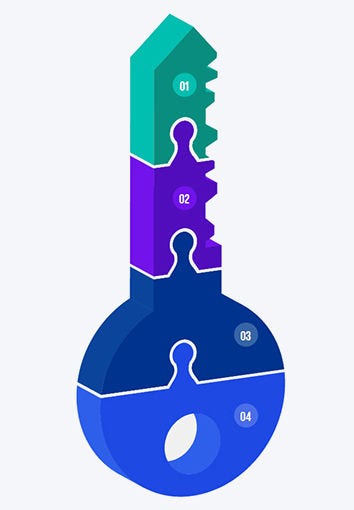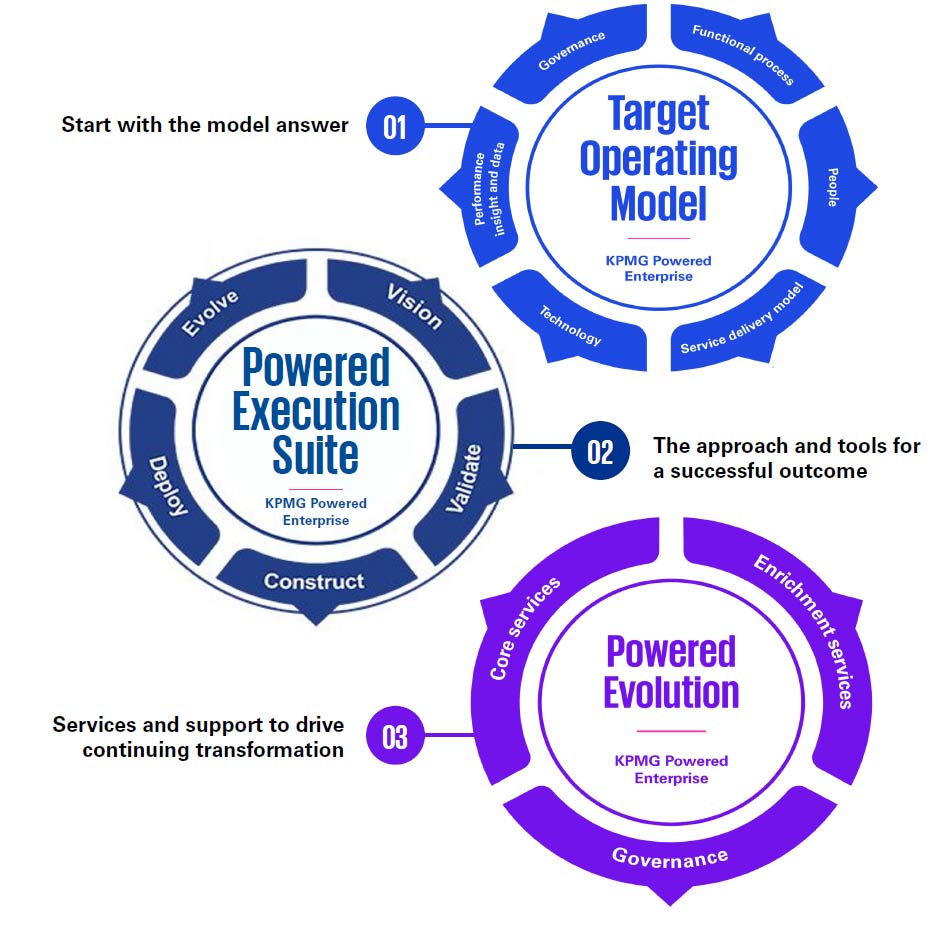Key benefits
Improved visibility & control
CMDB offers a holistic view of the IT environment, including hardware, software, and their interdependencies. This visibility enables IT teams to make informed decisions, identify potential risks, and maintain better control over the IT landscape.
Efficient change & incident management
With a well-maintained CMDB, organisations can streamline change management processes by understanding the impact of proposed changes before implementation. Similarly, incident management becomes more efficient as IT teams can quickly identify affected CIs and their relationships, leading to faster resolution times.
Enhanced service delivery
A CMDB serves as the foundation for various ITIL processes, such as service asset and configuration management (SACM). By accurately documenting service components and their relationships, organisations can improve service delivery, minimise service disruptions, and enhance overall customer satisfaction.
Risk mitigation and compliance
By maintaining a comprehensive record of IT assets and configurations, organisations can mitigate risks associated with unauthorised changes, security vulnerabilities, and compliance issues. A well-implemented CMDB helps ensure regulatory compliance and strengthens the organisation’s security posture.
Optimised resource utilisation
With better visibility into IT assets and their utilisation, organisations can optimise resource allocation, reduce unnecessary spending, and improve asset lifecycle management. This leads to cost savings and increased efficiency across the organisation.




